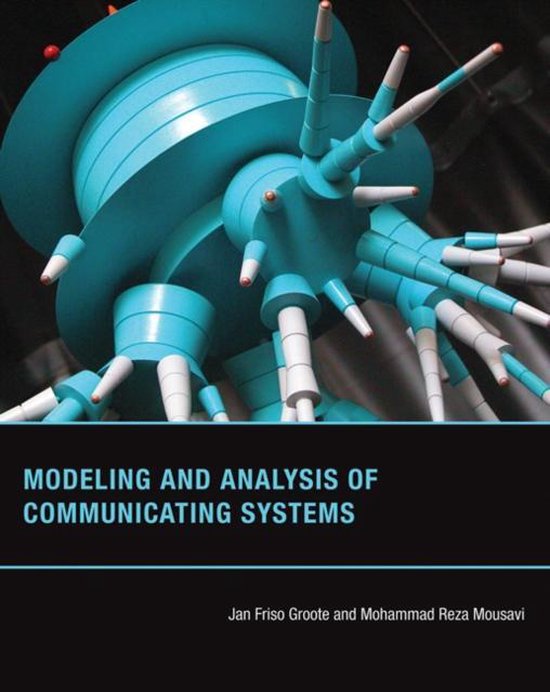
| Taal: | en |
| Bindwijze: | Hardcover |
| Oorspronkelijke releasedatum: | 29 augustus 2014 |
| Aantal pagina's: | 392 |
| Illustraties: | Nee |
| Hoofdauteur: | Jan F. Groote |
| Tweede Auteur: | Mohammad Reza Mousavi |
| Co Auteur: | Jan F. Groote |
| Co Auteur: | Jan F. Groote |
| Extra groot lettertype: | Nee |
| Product breedte: | 203 mm |
| Product hoogte: | 15 mm |
| Product lengte: | 254 mm |
| Studieboek: | Ja |
| Verpakking breedte: | 205 mm |
| Verpakking hoogte: | 27 mm |
| Verpakking lengte: | 260 mm |
| Verpakkingsgewicht: | 1198 g |
| Extra groot lettertype: | Nee |
| Product breedte: | 203 mm |
| Product hoogte: | 15 mm |
| Product lengte: | 254 mm |
| Studieboek: | Ja |
| Verpakking breedte: | 205 mm |
| Verpakking hoogte: | 27 mm |
| Verpakking lengte: | 260 mm |
| Verpakkingsgewicht: | 1198 g |